The Catalina Island Fox
The Catalina Island fox (Urocyon littoralis catalinae) is Catalina’s only endemic mammal (found nowhere else on Earth) and the Island’s largest native land predator. Weighing just 4 to 6 pounds, this small fox plays an outsized role in the ecosystem by dispersing native seeds and controlling prey, which helps keep wildlands healthy. A close relative of the mainland gray fox (Urocyon cinereoargenteus), the island fox occurs only on six of the Channel Islands, with each island home to its own unique subspecies.
Once on the Brink of Extinction
A Rapid Population Crash
In 1999, canine distemper virus swept across Catalina and reduced the fox population by more than 90 percent in about a year. The virus was likely introduced by a raccoon that arrived by boat, underscoring how easily mainland diseases can reach the Island.
Status Today: Progress with Continued Risk
In 2016, three northern Channel Islands subspecies were removed from federal protection after historic recoveries. The Santa Catalina Island fox remains federally listed as threatened because of ongoing vulnerability to disease.
Ongoing Threats
- Vehicle strikes. Collisions are a leading cause of fox deaths near town corridors such as Avalon Canyon. Slower speeds save wildlife; the Island speed limit is 25 mph, and 20 mph in Avalon Canyon.
- Ear disease. Chronic ear mites can lead to painful infections and tumors. Targeted treatment lowers mite loads, reduces lesions and improves health.
- Introduced disease. Unvaccinated pets or stowaway wildlife can reintroduce viruses like distemper or rabies to a population with little natural immunity.
Extended Interviews
Meet the people working to protect the Catalina Island fox and restore the Island’s wildlands. This playlist features biologists, conservationists and land stewards who share first-hand insights from the field. Hear how science, on-the-ground action and community support come together to reduce disease risk, improve habitat and keep wildlife safe.
Our Conservation Work
We protect the Catalina Island fox through science-driven stewardship across the Island’s wildlands, reducing disease risk, restoring habitat and keeping wildlife and people safe.
Annual Trapping and Vaccinations

Each fall, Conservancy biologists humanely trap, conduct health exams and vaccinate hundreds of foxes against canine distemper and rabies, then release them back where they were captured. This program began in 1999, first by the Institute for Wildlife Studies and then by the Conservancy starting in 2006. Trapping takes place over six weeks between October and December of each year.
Radio Collar Monitoring
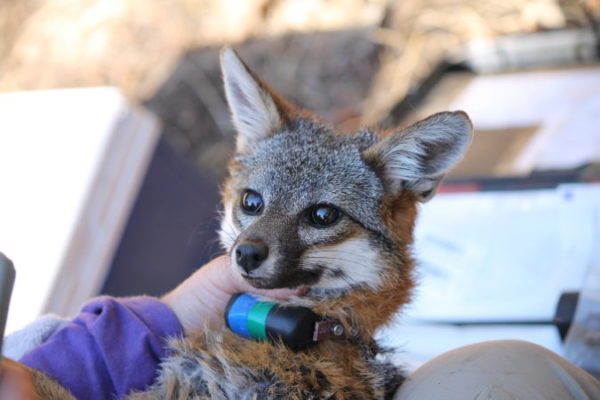
During trapping efforts, a subset of adult foxes are fitted with VHF radio collars. These collars produce radio signals which allow biologists to find the fox on a bi-monthly basis to check for survival. These unvaccinated collared foxes, also known as sentinel foxes, provide early warning of sudden population declines from disease or other threats.
Death Investigations
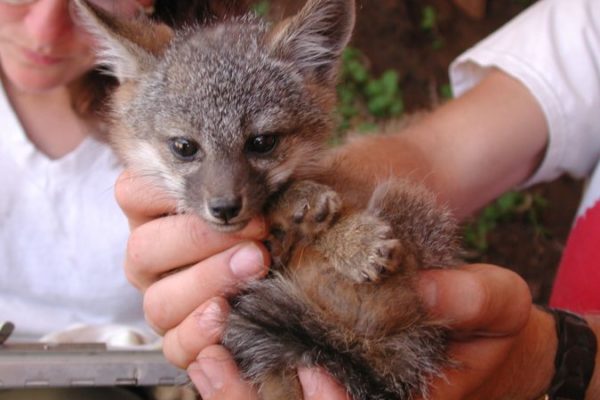
Wildlife biologists respond to all reports of fox deaths on Catalina Island to determine the cause. This allows the Conservancy to keep track of any spikes in fox deaths and what might be causing them. The current leading cause of death is vehicle collisions, which is why the Island-wide speed limit is 25 mph, and just 20 mph in Avalon Canyon.
Habitat Conservation Plan
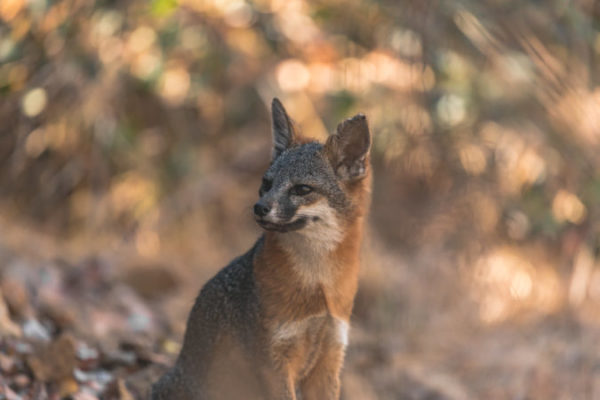
Conservancy wildlife biologists are collaborating with the U.S. Fish and Wildlife Service and the California Department of Fish and Wildlife to develop a Catalina Island Fox Habitat Conservation Plan. The plan will help ensure the fox is protected from potential impacts of development and construction on the Island.
Celebrating Success: Back from the Brink
The Back from the Brink: Resurgence of the Catalina Island Fox film celebrates one of the most remarkable species recoveries in U.S. conservation history. It tells how biologists and the research community pulled the fox back from the brink, showing their journey from fewer than 100 survivors to a thriving population.
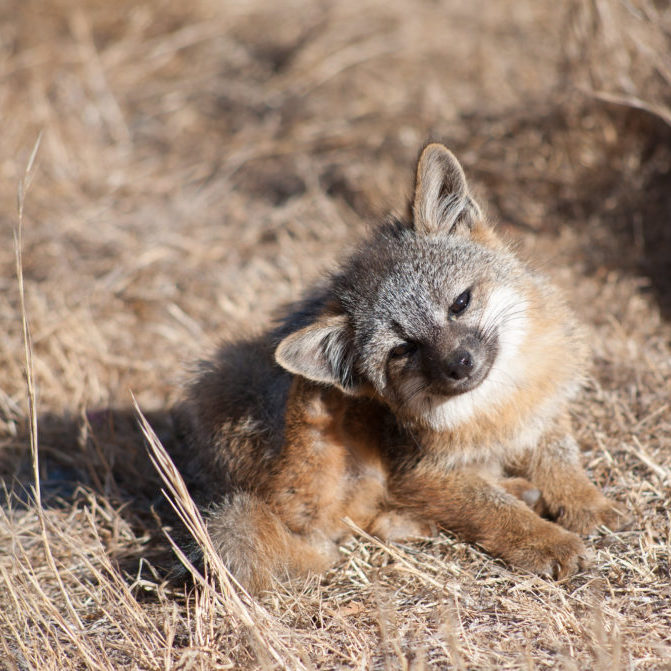
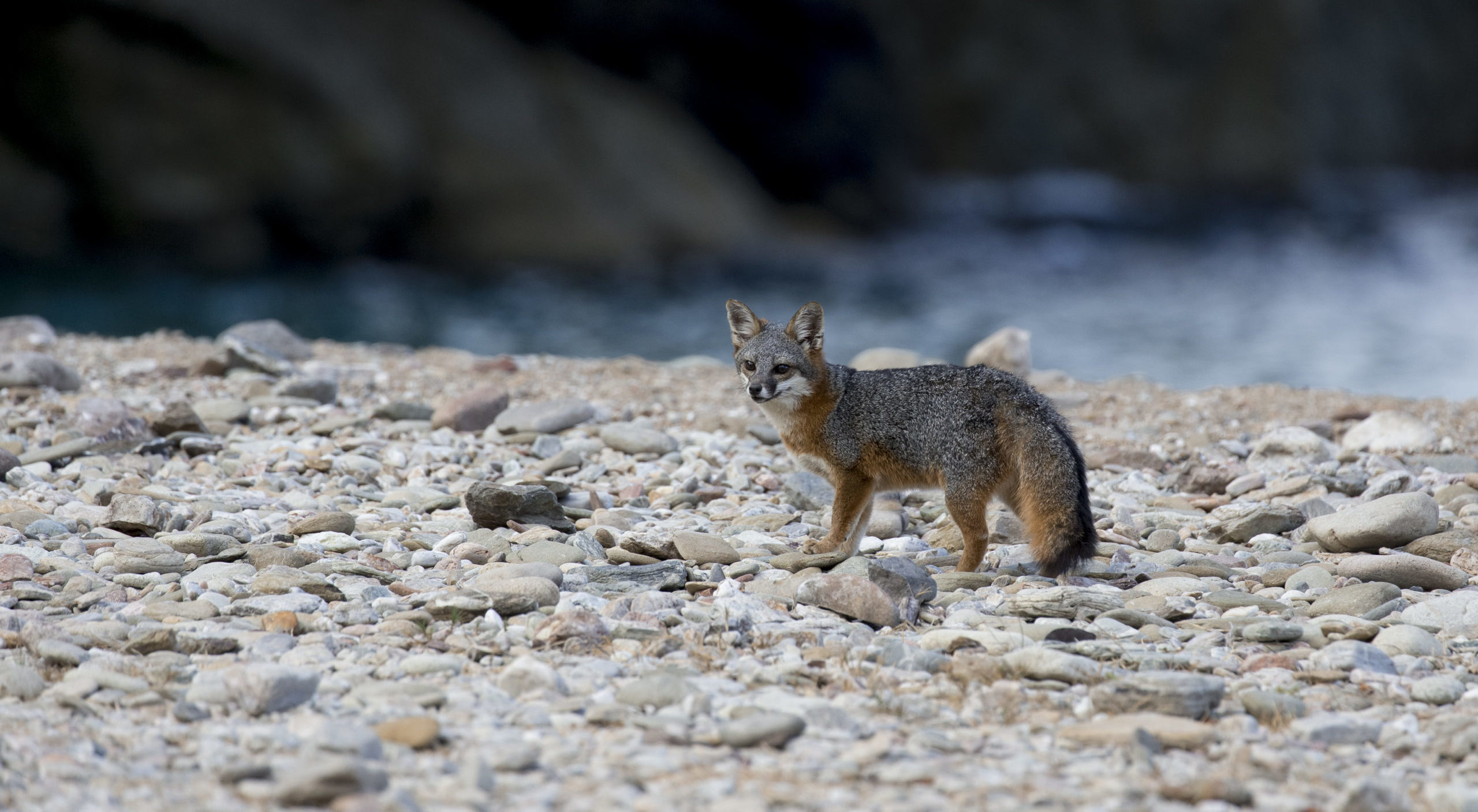
Catalina Island Fox
How You Can Help
- Don’t feed or approach foxes, they are wild and vulnerable.
- Keep dogs on leash and adhere to pet restrictions to avoid introducing disease.
- Drive slowly, especially through Avalon Canyon, to reduce road collisions.
- Report injured or deceased foxes promptly.
- Support the Conservancy’s work via membership, volunteering or donations.
